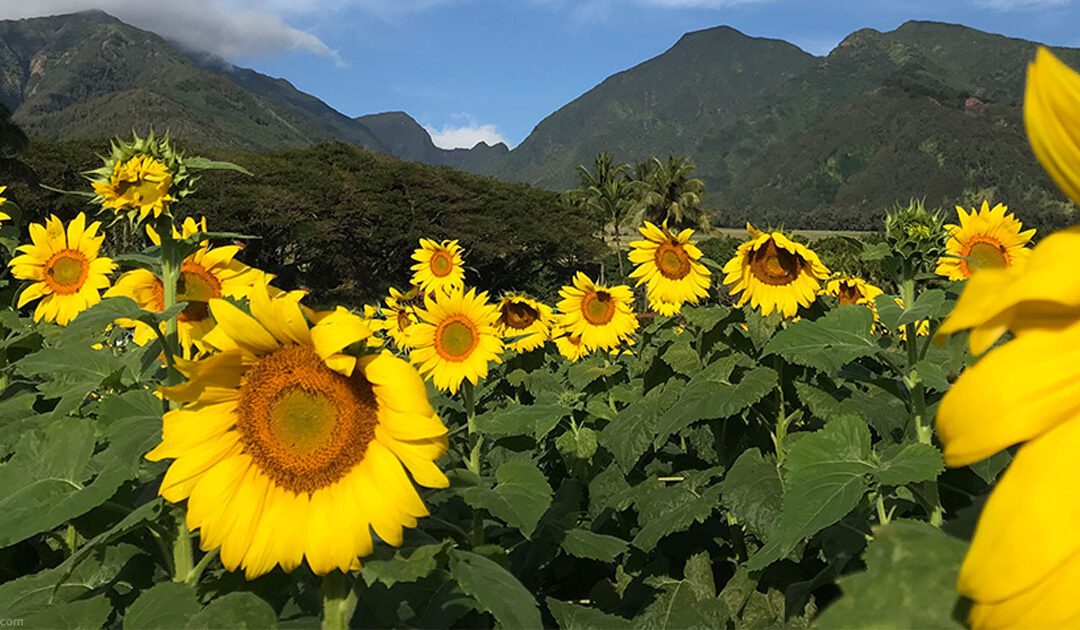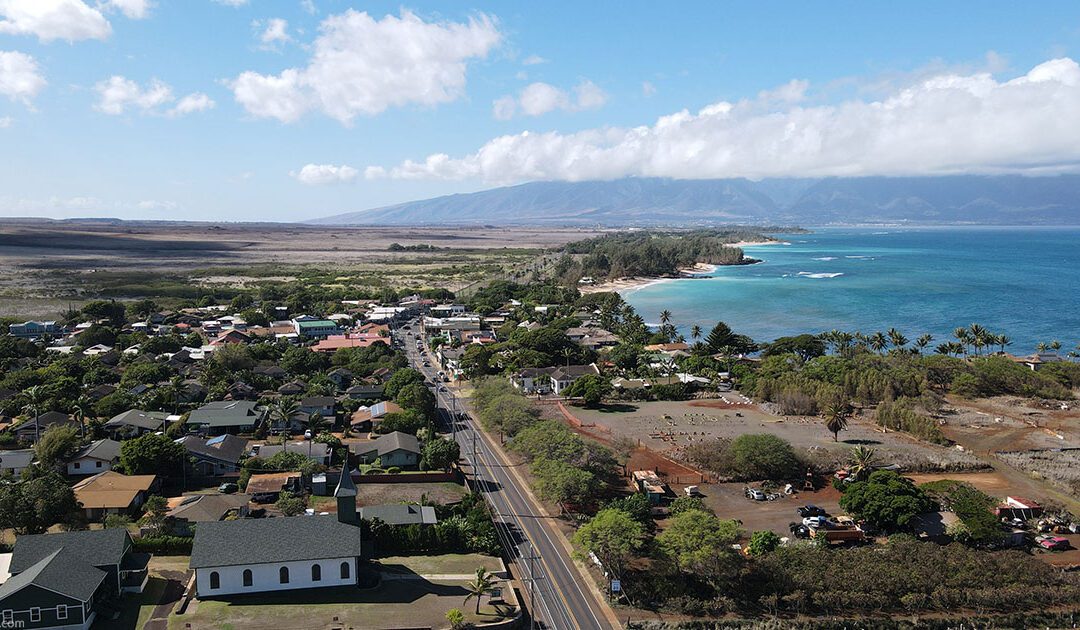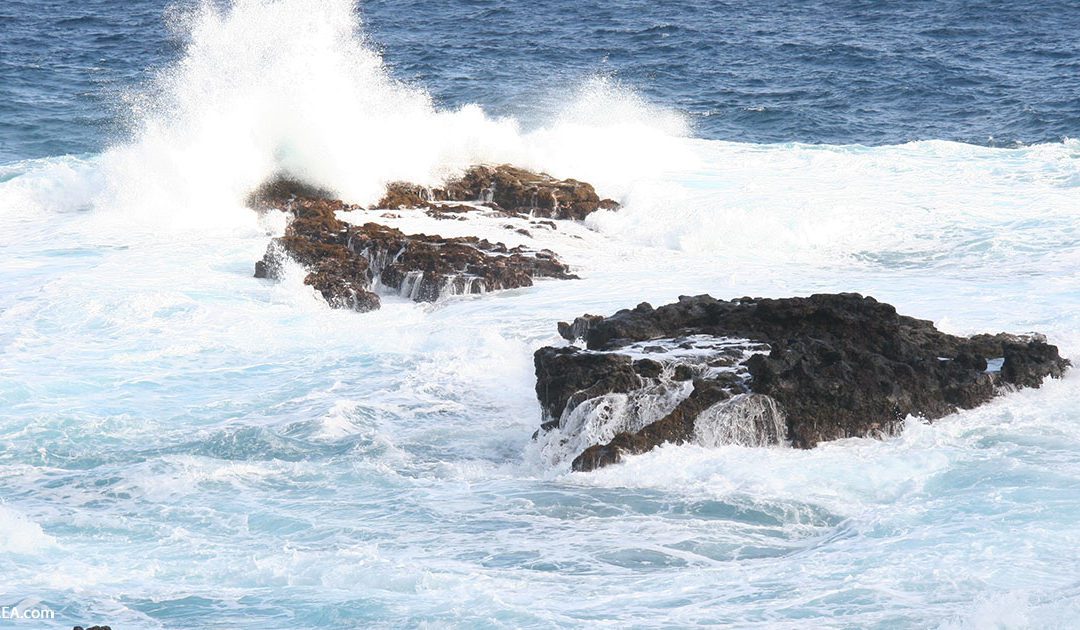In the 1930s, the US government was concerned that Japan was going to expand its empire in the Pacific. The United States knew that Hawaii was the ultimate target and strengthened military facilities. About 2270 Japanese-Americans were living in Hawaii and imprisoned. The morning of December 7, 1941, a surprise military strike was actioned against the US Naval Base in Pearl Harbor (Hawaii Territory) by the Imperial Japanese Navy Air Service as an attempt to eliminate some of the US’s military force against the Japanese. This attack led to the start of World War II.

When the Imperial Japanese Navy Air Service attacked Pearl Harbor and killed more than 2000 Americans, it drastically altered paradise within the Hawaiian Islands. It brought the everyday Oahu life of the people, the tourism industry, and all industries of the island to a stop and changed Hawaii drastically.
The Japanese-American Dilemma
On US soil, Japanese-Americans and Japanese immigrants were sent to internment camps during the war, due to American fears of skewed loyalty. On Oahu, they opened two small internment camps in the middle of Honolulu Harbor and Honouliuli.
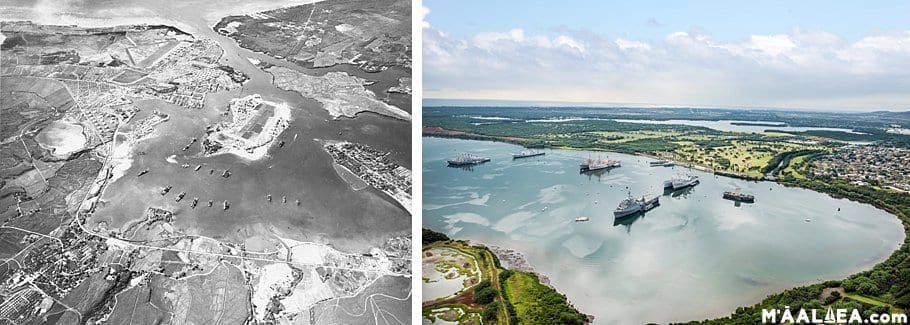
At this stage, more than 160 000 Japanese people were living in Hawaii, and they realized that containing them all would become problematic. With the attack at Pearl Harbor, there was not enough space on the island to isolate them, and removing the entire Japanese population from the islands would crush Hawaii’s economy.
Japanese Concentration Camps
Honouliuli Internment Camp was the longest operating and largest camp from 1943 to 1946. This camp could hold 3000 people and at one time also held 320 US civilians.
The camp was divided with barbed wire into sections that were intended to separate prisoners by nationality, gender, and civil or military status. This camp later held more than 4000 Italians, Okinawans, German Americans, Taiwanese, and Koreans as well.
After the closure of the camp, the land was leased to a sugar company from the Campbell Estate where sugarcane was grown on neighboring lands.
Martial Law
After the Pearl Harbor attack, General Short ordered Hawaii to declare Martial law. Although there were no further attacks, the martial law remained in Hawaii until the end of the war.
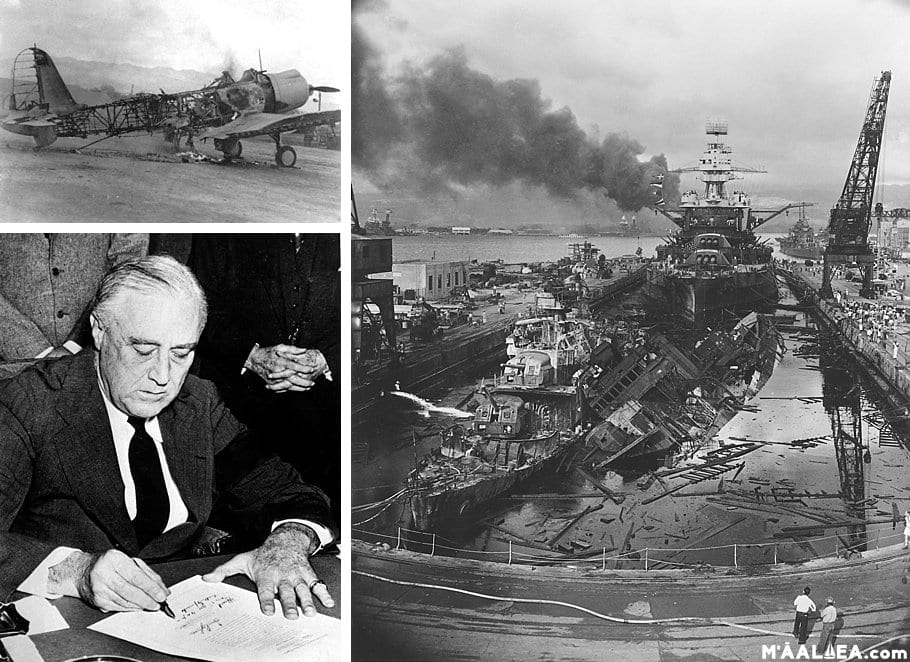
The US military controlled the daily life of everyone in Hawaii. They set working hours, set wages, regulated bars and restaurants, and set curfews declaring what time all lights had to be out. Under martial law, the basic rights of the citizens were violated. Any criticism was viewed as unpatriotic and with the military censoring the press, no public journalistic debate could arise.
Cultural transformation
The US military transformed Hawaii’s culture and landscapes from 1941 to 1945 and after. The Marines, the Navy, and Army turned the precious sugar plantations into training areas and housing sites, extended roads, highways paved and bombed the smaller offshore islands.
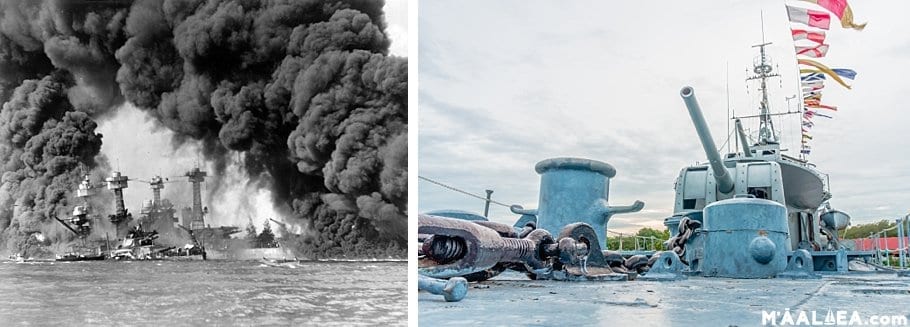 Sailors and soldiers ruined the surroundings when they were made to create observation points and maneuver over pristine areas.
Sailors and soldiers ruined the surroundings when they were made to create observation points and maneuver over pristine areas.
SPAM
SPAM was a staple food during World War II. Troops were eating this canned meat product as much as three times a day. Having a meat source that can last in the tropical heat of Hawaii and kept its shelf life for months was a great boost for the soldiers as this meant that they could have a protein source with every meal.
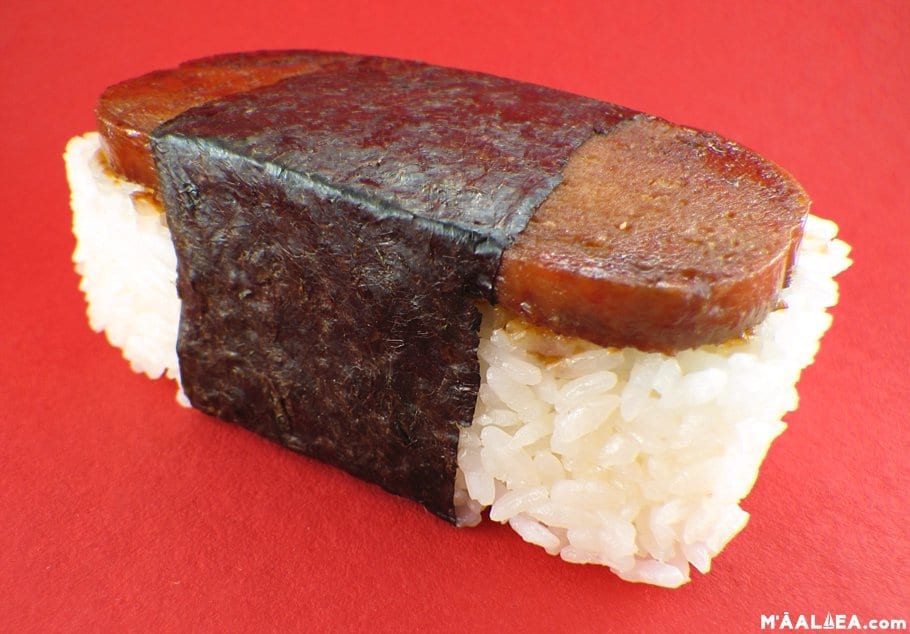
World War II created a massive sales boost for Hormel Foods who doubled their net sales between 1939 and 1942. 100 million pounds of SPAM was sent to war as a Lend-Lease staple ration to Russian, American, and European troops during the Second World War alone.
Maintaining Unity
US response to potential civilian unrest was initiated with mobilization and organization of volunteers and civilian clubs and groups. Groups like the Salvation Army and Red Cross set up kitchens to provide food to the great number of volunteers whom arranged and helped with the relief and rescue operations.
Schools were shut down as teachers left for the battlefields, children and women coordinated supply stations and interim hospitals.
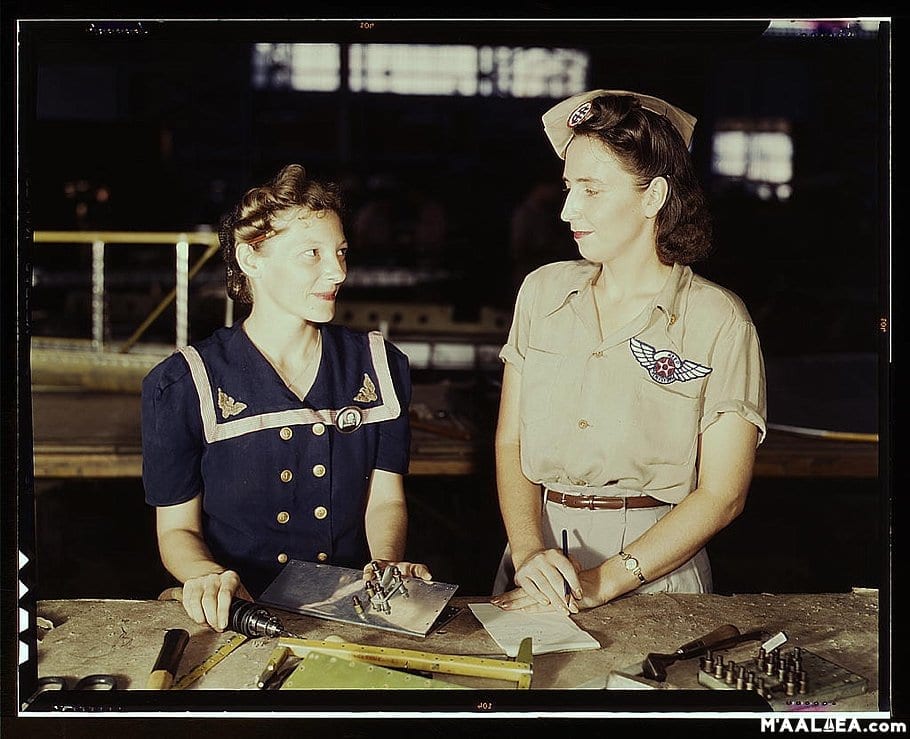
Maintaining unity and social order was also achieved through implementing Martial Law. Most of the population was willing to give up their civil independence for the security of their country and the defense of their State.
The national guards protected civilians from possible attacks to come. After the Pearl Harbor attack, many Hawaiian citizens felt like they were attacked personally by the Japanese, this lead to increased anti-Japanese sentiment throughout the island. The Japanese-Americans on the island were relocated where the Defense Department considered them spies until a full investigation could be completed. Understandably, Japanese-Americans saw their treatment as inhumane.
The Aftermath of World War II
When the war ended in 1945, the military returned to their families causing difficulties for Hawaii’s economy. There were fewer houses to build and fewer people shopping or dining out.
The people of Hawaii took the decision to stand together and rebuild the island of Oahu and launched many campaigns to attract visitors to the island. The economy of Hawaii changed profoundly over the course of the war, but because of the unity of the Hawaiian citizens their island recovered beautifully, and it thrives economically.
